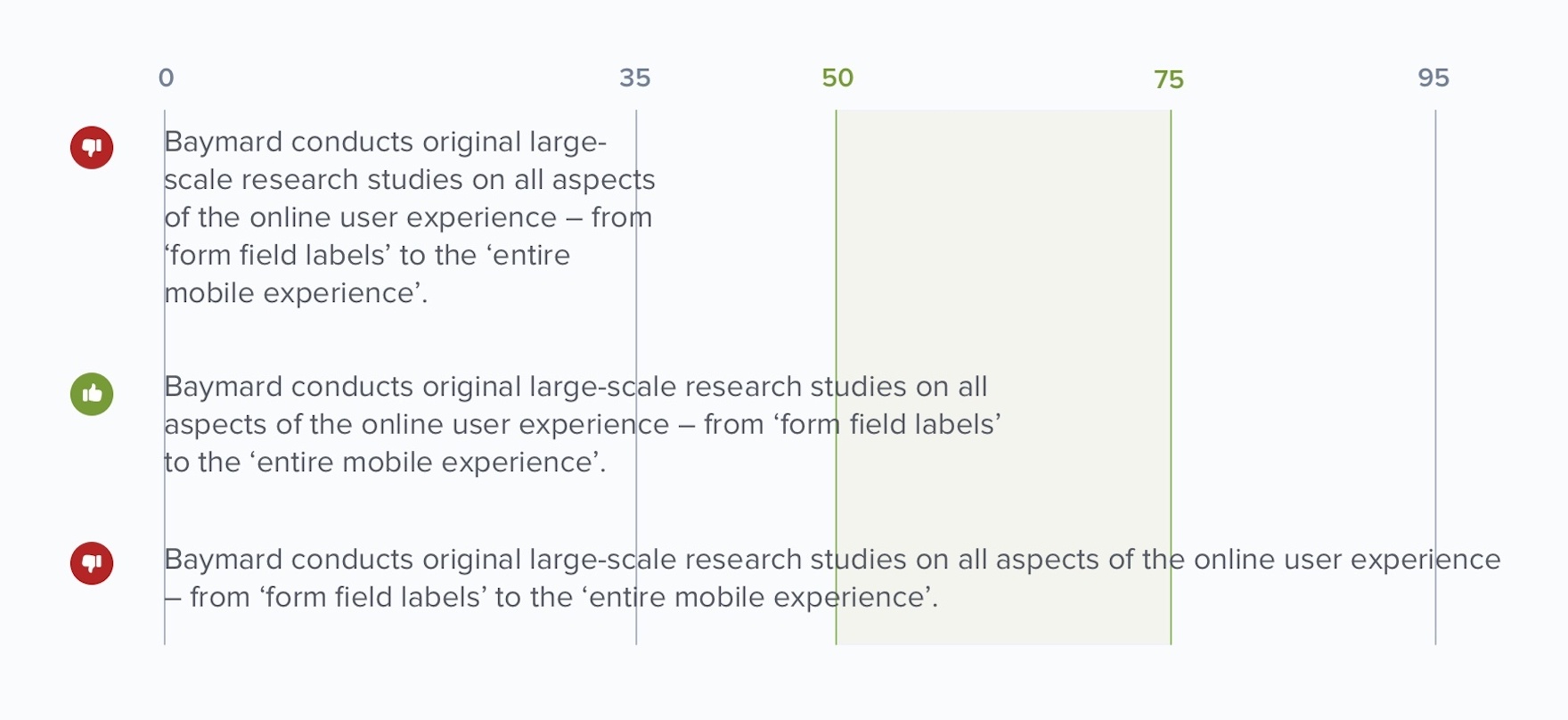
Paragraphing and bullet points for readability
Paragraphing and using bullet points are effective techniques to enhance the readability of your text, especially in business and professional writing. They help organize information, making it easier for the reader to follow and understand your message. Here’s how to use them effectively:
Paragraphing
-
One Idea per Paragraph: Each paragraph should focus on a single idea or point. This helps in structuring your text logically and makes it easier for the reader to digest the information.
-
Length: Keep paragraphs relatively short. Long blocks of text can be intimidating and hard to read. Aim for three to five sentences per paragraph, though this can vary depending on the context and medium.
-
Transitions: Use transitional phrases to connect paragraphs and show the relationship between the ideas. This helps in maintaining the flow of your text.
-
Topic Sentences: Start each paragraph with a topic sentence that introduces the main idea of the paragraph. This gives the reader a clear idea of what to expect.
-
White Space: Adequate space between paragraphs gives the text a clean, uncluttered look. It also provides a visual break for the reader, making the text less daunting.
Bullet Points
-
Lists: Use bullet points to list items, steps, options, or any set of related points. This format makes the information more scan-able and digestible.
-
Consistency: Be consistent in the style and format of your bullet points. For example, if you start with a verb in one bullet, do the same for all.
-
Brevity: Keep bullet points concise. Each bullet should be a short, clear statement. If detailed explanations are necessary, consider breaking them into sub-points or a separate paragraph.
-
Parallel Structure: Start each bullet with the same part of speech (e.g., all nouns, all verbs) and maintain the same grammatical form.
-
Punctuation: Bullet points don’t usually need full stops unless they are complete sentences. Ensure consistent punctuation throughout the list.
-
Introduction and Conclusion: Introduce your list with a lead-in sentence and, if necessary, conclude with a summary or a concluding statement after the list.
-
Highlighting Key Information: Bullet points are an excellent way to draw attention to key information, such as core features, benefits, or steps in a process.
Using paragraphing and bullet points effectively can significantly enhance the clarity and impact of your writing. They are particularly useful in business and professional communications where conveying information in a clear, concise, and organized manner is essential.